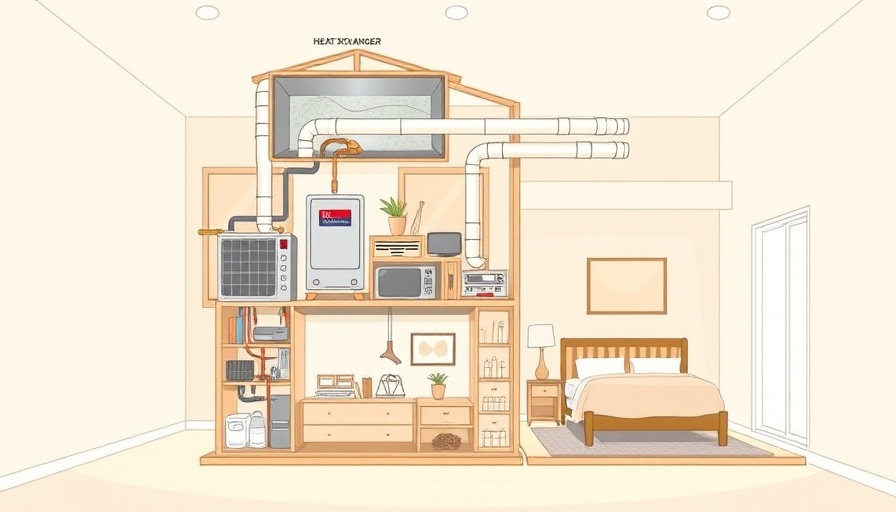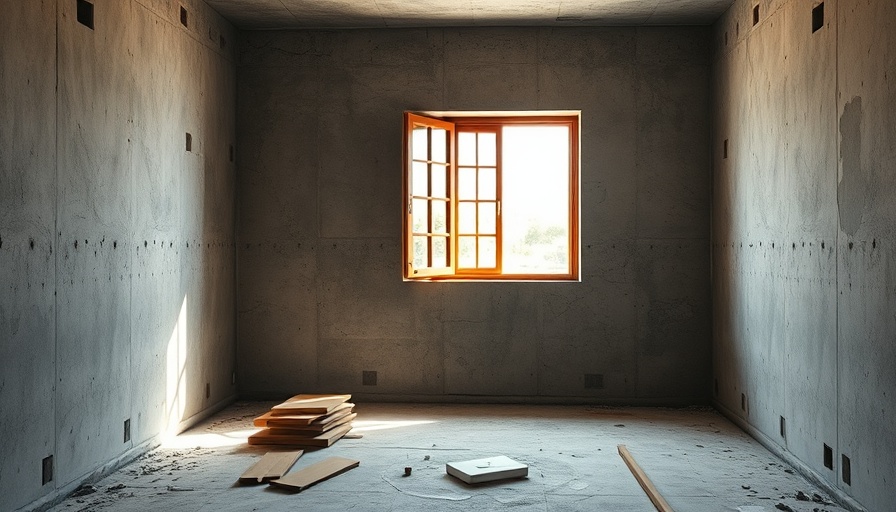
Conquering the Heating Challenges of Aging Homes
Heating an old house presents unique challenges that often frustrate homeowners and builders alike. Many older homes were constructed without the modern comforts we take for granted today, making them less energy-efficient. This leads to uncomfortable cold spots, inflated energy bills, and constant debates over the best heating options. For those brave enough to tackle these renovations, understanding your house's specific requirements is key.
Single Boiler vs. Dual Systems: What’s Right for Your Home?
When it comes to heating solutions, homeowners frequently grapple with whether to install one central boiler or to opt for multiple heating systems. A single boiler can offer a uniform temperature and is often more efficient, but it may struggle to distribute heat evenly in a sprawling or multi-story home. Conversely, putting in two systems can combat cold spots and customize heating zones, but this option often comes with higher initial costs and maintenance burdens.
Understanding Your Home’s Layout
Before making a decision, it’s vital to analyze your home's layout. A cozy bungalow may thrive with a single heating source, while a more complex layout with multiple floors might benefit from a dual system to ensure every room is effectively heated. Additionally, considering the insulation quality and age of your windows can greatly affect overall efficiency, influencing your heating choice.
Future-Proofing Your Heating Solutions
As we advance into an era focused on sustainability, implementing energy-efficient heating solutions not only enhances comfort levels but also contributes positively to environmental impacts. Smart thermostats and heaters powered by renewable energy sources have become increasingly popular, helping to lower operational costs while effectively managing home climate. Keeping an eye towards advancements can serve your home well for years to come.
Community Learnings: Shared Experiences
It’s important to remember that you’re not alone in navigating these complex decisions. Engaging with local home improvement groups or online forums can provide valuable insights from those who have tackled similar challenges. Personal anecdotes can unveil alternative solutions and innovative ideas that might work for your specific housing dilemma.
 Add Row
Add Row  Add
Add 




Write A Comment